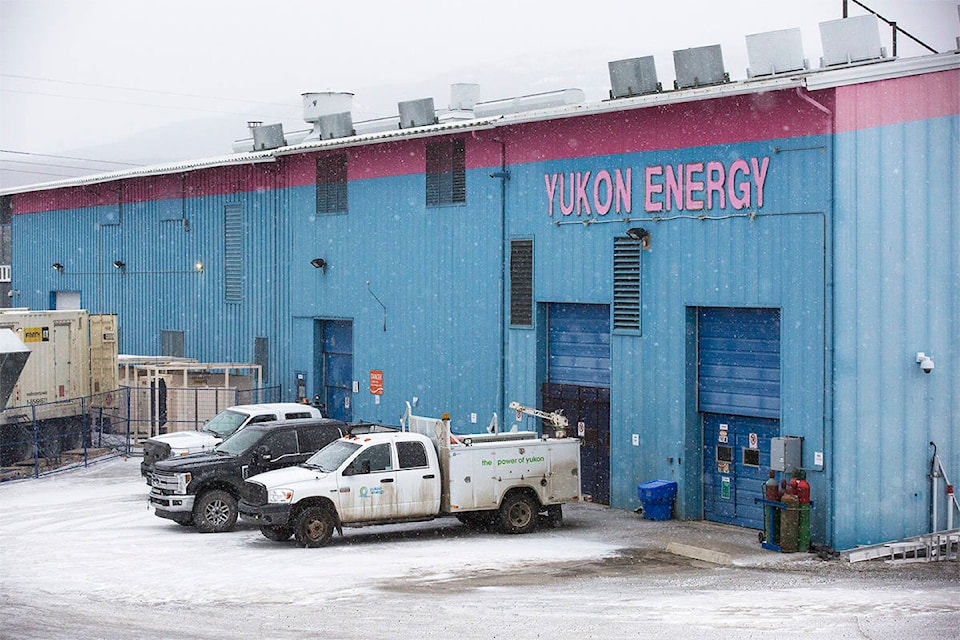Yukon Energy officials are reminding residents to avoid going onto the ice at Schwatka Lake as water levels there will continue to fall over the next week.
In a March 31 statement, officials said they are increasing the amount of water flowing through Miles Canyon and the Whitehorse dam in an effort to lower the water levels in Marsh Lake.
The lower water levels at Schwatka Lake could cause ice along the shore to break, making for unpredictable ice conditions. Water under the ice surface will also be moving faster than it normally would.
The crown corporation began increasing flows at the dam earlier in March following the territory’s monthly snow bulletin, which showed snowpack levels in the Southern Lakes at 172 per cent above normal.
“At the time, Yukon Energy also forecasted that in case of a wet spring, water levels on Marsh Lake could peak at 656.82 m — similar levels to those reached in 2004, but 52 cm below water levels reached during the 2007 flood,” Yukon Energy noted.
In 2007 a number of homes around Marsh Lake were flooded when record water levels were hit, beating the previous records set in 1981. Sandbag walls and dykes were built by residents and volunteers in the area to prevent as much flooding as possible.
Yukon Energy said in its March 31 statement that it opened all 30 gates at its Lewes River Control as its first measure to lower the levels in the lake.
As of 8 a.m. March 31, Marsh Lake was at 654.61 meters above sea level and 60 centimeters lower than the lake level was on March 1, 2021.
“Every spring, Yukon Energy draws down lake levels on Marsh Lake by generating hydroelectricity at the Whitehorse dam,” officials said. “This makes room in the lake for rain and spring melt.”
It’s typically in late May when water levels in Marsh Lake reach their lowest level when they fall to around the low supply level of 653.796 m — the lowest level permitted under Yukon Energy’s current water use licence.
Due to the high snowpack levels this spring, Yukon Energy is planning to apply for an emergency amendment to its water licence to draw Marsh Lake levels down 10 cm lower than the existing low supply level.
Yukon Energy will be providing an updated water level forecast for Marsh Lake shortly after the territory releases its next snow survey bulletin, expected later in April.
Contact Stephanie Waddell at stephanie.waddell@yukon-news.com
